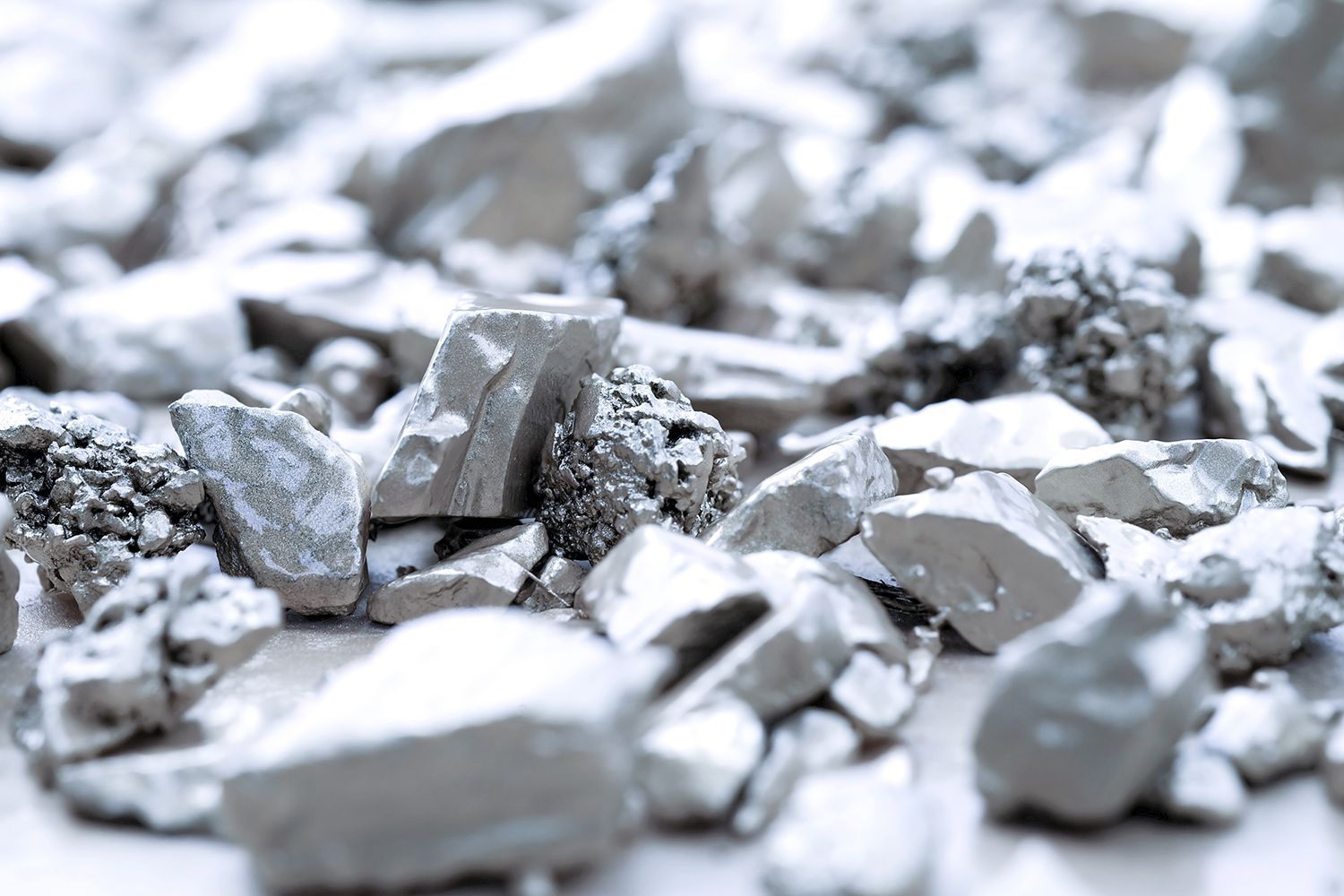 Home > News Center > Industry News > Significance and Current Status of Secondary Resource Regeneration of Platinum Group Metals
Home > News Center > Industry News > Significance and Current Status of Secondary Resource Regeneration of Platinum Group Metals The recycling and utilization of waste materials is an important issue for sustainable development of human society in the 21st century. Compared with primary resources, precious metal waste has a high content of precious metals and a relatively single composition. Therefore, the treatment process is relatively simple, the processing cost is low, and the resulting metal grade is high, making it a valuable secondary resource. The methods of recycling, reusing, and reusing waste materials not only save natural resources but also reduce environmental pollution. In addition, there is a significant supply-demand imbalance for platinum group metals internationally, so the recovery of platinum group metals from waste materials is widely valued by various countries. Developed industrial countries consider the secondary resources of precious metal waste, like mineral resources, as an important source of precious metals. Many countries have established the recycling of precious metal waste as an independent emerging industrial system. The United States accounts for 10% -15% of its total consumption of secondary platinum group resources, and Japan has declared its intention to become a global center for the recycling of platinum group metals and other precious metals, making it a resource rich country.
The production of platinum group metals in our country is low and cannot meet market demand. Therefore, we should pay more attention to the utilization of secondary resources of platinum group metals. Although China has made great progress in the extraction, metallurgy, and recycling technologies of platinum group metals for decades, the current production of platinum group metal recycling in our country is still insufficient and needs to be further strengthened.
Vigorously developing the circular economy is an important policy proposed by our country. Recycling and extracting precious metals from platinum group metal waste is an important component of resource regeneration and recycling. It is of great significance for expanding the scale of platinum group metal resources in China, increasing the self supply guarantee ratio of platinum group metals to meet the demand for platinum group metals in China's high-speed economic growth.

The difficulties encountered in the secondary resource recovery technology of platinum group metals.
The main sources of platinum group metal waste are chemical, pharmaceutical, electronic, electroplating, electrical, synthetic, watch, printing and other industries. From the perspective of recycling processes, platinum group metal waste has the following characteristics:
1) The categories are diverse and the forms are varied
The diverse sources of waste determine that the secondary resources of platinum group metals are characterized by a wide variety of varieties, varying specifications, and different types, shapes, and grades of waste. There are both pure metals and alloys, as well as compounds and various composite materials, with tastes ranging from a few tens of thousands to nearly pure
2) Few single batches and limited scale
Due to the high price of platinum group metals, their usage is generally small, and the weight of a single piece is often measured in grams or even milligrams. Usually, platinum group metals are only a small part of waste materials, such as printed circuit components, small contacts, small parts, etc.
3) Sampling is not easy, and the content is difficult to determine
Due to the wide variety and complex specifications, it is difficult to accurately determine the quality grade. Therefore, it is challenging to obtain the accurate content of platinum group metals in waste materials.
4) Technical complexity and difficulty in recycling
The separation and purification technology of platinum group metals is already quite complex, so apart from a few high-grade or single waste materials, the regeneration and recovery process of most platinum group waste materials is relatively long and requires high technical conditions. Although the form and properties of platinum group metal waste are different, and the recycling technology is also different, regardless of the differences in recycling technology, generally three aspects need to be considered.
(1) Preprocessing
The commonly used pretreatment methods include roasting, crushing, screening, magnetic separation, leaching, filtration, concentration, reduction, distillation, electrolysis, etc. Pre treatment is a prerequisite for recycling and purification. Different sources and types of waste materials result in different forms and contents of platinum group metals, and significant differences in the properties of carriers. This determines that the pre-treatment process is relatively complex. Only by selecting the best pre-treatment method for specific materials can the highest recovery rate be achieved.
(2) Refine
At present, most recycling plants use classical methods to refine platinum group metals
Platinum metal:
Crude platinum is dissolved in aqua regia, and 99.9% sponge platinum is obtained by precipitation, reduction, or calcination of ammonium chloroplatinate. Platinum is also refined using sodium bromate hydrolysis or carrier hydrolysis methods.
Metal rhodium, iridium:
The refining of rhodium and iridium in platinum group metals is the most complex, characterized by their insolubility in aqua regia, deep separation from each other, and difficulty in preparing pure metals. The refining of rhodium mainly involves sodium bisulfate melting dilute sulfuric acid leaching, medium temperature chlorination roasting dilute hydrochloric acid leaching, or aluminum fragmentation aqua regia dissolution, followed by precipitation purification by sodium nitrite complexation or ammonia complexation. The refining method of iridium mainly involves melting with sodium peroxide and dissolving in aqua regia, followed by purification using sodium nitrite complexation or sulfurization.
In recent years, the recycling technology of precious metals has been further developed, and some new technologies have emerged. After dissolving the main components of waste materials in China, different components in the leachate are separated and purified using ion exchange or solvent extraction methods. This is the research focus of wet recycling in recent years.
(3) Environmental issues:
In the process of waste disposal, exhaust gas, wastewater, and waste residue will be generated. Minimizing the "three wastes" in secondary resource recovery is also a focus of current research. Currently, exhaust gas is mainly treated by condensation, neutralization leaching, and combustion methods, while wastewater is commonly treated by precipitation, neutralization, catalytic decomposition, and iron oxide carrier hydrolysis methods.
Related News